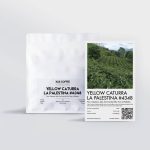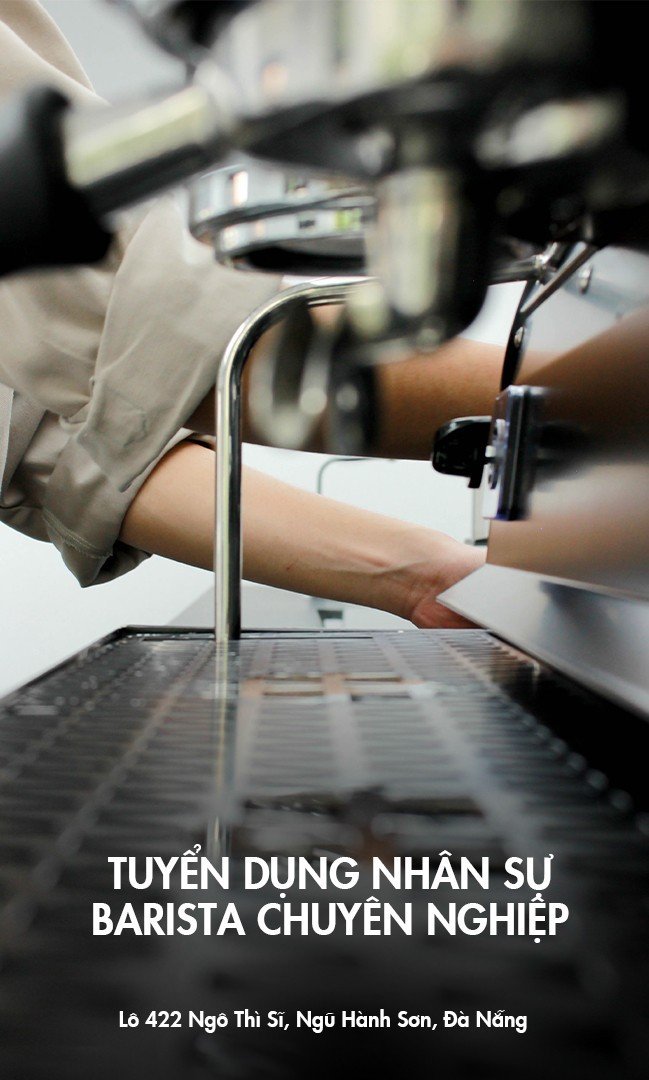Ethiopian Coffee – The cradle of coffee in the world
Ethiopian coffee is the cradle of world coffee. In this article, let’s explore with 43 Factory Coffee Roaster the factors that make Ethiopian coffee great!

Ethiopia – the origin of world coffee
Origin of Ethiopia coffee
Coffee trees are said to have grown wild in Ethiopia for centuries. So it is inherently produced and developed here instinctively, rather than the type imported into the locality by colonial empires like other coffee lands. That has become the basis for Ethiopians to be proud that this country is the origin of fragrant coffee beans. Later, the way the coffee tree became the most valuable commercial product of Ethiopia also confirmed the existence of coffee here as a gift from nature.

Ethiopia coffee is rated as the best coffee taste in the world
Special features of Ethiopian coffee
Great natural conditions
Coffee can only be grown and grown well in a place with cool weather all year round, abundant rainfall and not too hot sunshine.
Such soils are often located around or below the equatorial belt that includes Central America, Africa, Central Asia and Southeast Asia, forming a coffee belt called ‘The Bean Belt’. In this belt, there are more than 75 countries that meet the conditions to grow coffee and Ethiopia is one of them.
With Arabica coffee trees, the height of the growing area is a key factor determining the coffee flavor. At altitude, the temperature and lower pressure make the coffee plant grow more slowly, can store more sugar and nutrients for the fruit. These are the things that can make the taste of the coffee plant become much different.
The usual height of Arabica coffee trees is from 600 to 2200m above sea level. And you know, the average altitude of Ethiopia is from 1290m – 3000m above sea level.
Flavor of Ethiopia coffee
Ethiopian coffee is known for its fresh fruit and floral flavors. Ethiopian coffees are often highly acidic; Flavors range from mild, medium to complex depending on the variety with different growing conditions.
The impression of Ethiopian coffee is the clarity of the growing flavor, the brightness and positivity
Ethiopian Yirgacheffe coffee is often compared with Kenyan coffee. But it is difficult to compare them. Each kind of thing shines in its own unique way. If Ethiopia is likened to classical classical music, Kenya is classic jazz.

Ethiopia has many favorable climatic conditions for growing coffee
Various types of coffee
Ethiopia is the birthplace of top quality Arabica varieties. Specialty coffee here is famous for its distinctive and delicate flavors such as floral, herbal and citrus aromas. Prominent among them is the sweet Hafursa or the rich Biftu Gudina.
The biodiversity of the species along with the different varieties have produced many unique coffee varieties with diverse flavors. That makes Ethiopian coffee difficult to compete with.
Coffee in Ethiopian culture

Ethiopian coffee impresses with its distinctive taste
Besides its rich biological origin, coffee also has an important place in this country’s culture. Coffee rituals are a part of Ethiopian annual life and have their roots for centuries. Every morning the woman in the family roasts fresh coffee in a clay pot with aromas. The coffee beans have just been roasted, finely ground, carefully roasted and put into a traditional earthenware pot to boil on the stove. Coffee when boiling is poured into cups for everyone.
In Ethiopia, people consider their coffee a part of life.
The domestic consumption of Ethiopian coffee is very high, because coffee plays a very important role in the daily life of Ethiopians: About half of the country’s annual production (6.5 million bags) is consumed at home, with about 3.5 million bags exported.
How to classify Ethiopian coffee
Ethiopian coffee is usually graded with grades called Grades (abbreviated as “G”). The classification is based on many factors: floor size, % broken particles, moisture, impurities …
Grade 1 – Grade 1
This is the level for specialty coffee. At this level, coffee has almost no special defects (less than 3 defect points).
About 90% of floor particles 18 (7.1mm), impurities 0.5%. Especially there is no mold bug and no strange smell. Humidity is only allowed in the range of 9-13%.
Grade 2 – Grade 2
This is also the level for specialty coffee. About 90% of floor beads 16 (6.3mm). Black defect and seed coat maximum 2%, impurities 0.5%. Humidity is about 12.5%.
Grade 3 – 9
The remaining varieties that fall outside the two standards grade 1 and grade 2 are not specialty coffees. It is listed as commercial coffee with low value.
Famous growing regions in Ethiopia
Sidamo Vùng region
The rich land of Sidamo with diverse terrain has created an extremely rich flavor for coffee. The coffee here has flavors from fruit to nuts, along with a characteristic aroma of herbs.
Yirgacheffe region
The highest coffee region in southern Ethiopia with an elevation of 1,700 to 2,200 above sea level. Yirgacheffe is famous for producing some of the best coffee in the world. These coffees meet SHG/SHB standards.
The characteristic of this land is the lemon flavor mixed with the gentle sweetness of the fruit. What you will enjoy if you order a cup of Harfusa at 43 Factory Coffee Roaster.
Lekempi, Wellega and Gimbi
This area uses both natural and wet processing methods. Therefore, the flavor is quite rich and natural compared to the Sidamo and Yirgacheffe regions.
Limu and Djimma region
While the coffee at Limu is wet processed, Djimma is naturally processed. Its taste will be mild and has more outstanding qualities than coffee at Sidamo.
Harrar Region
The land is hot all year round with a desert-like terrain that makes coffee stand out with its earthy aroma. However, the coffee here is highly appreciated for its mixed taste of blueberries and fruits. In particular, the coffee here is in the top 10 best coffee in the world.
The pods of the coffee beans from this region are used to make a tea called cascara. The cascara flavor is amazing and very different from leaf tea. This is a rather famous traditional product of Harrar.
Each of Ethiopia’s growing regions produces a wide variety of coffee flavors. Ethiopian coffee is a type of coffee that is listed as a drink that should be enjoyed once in a lifetime.






